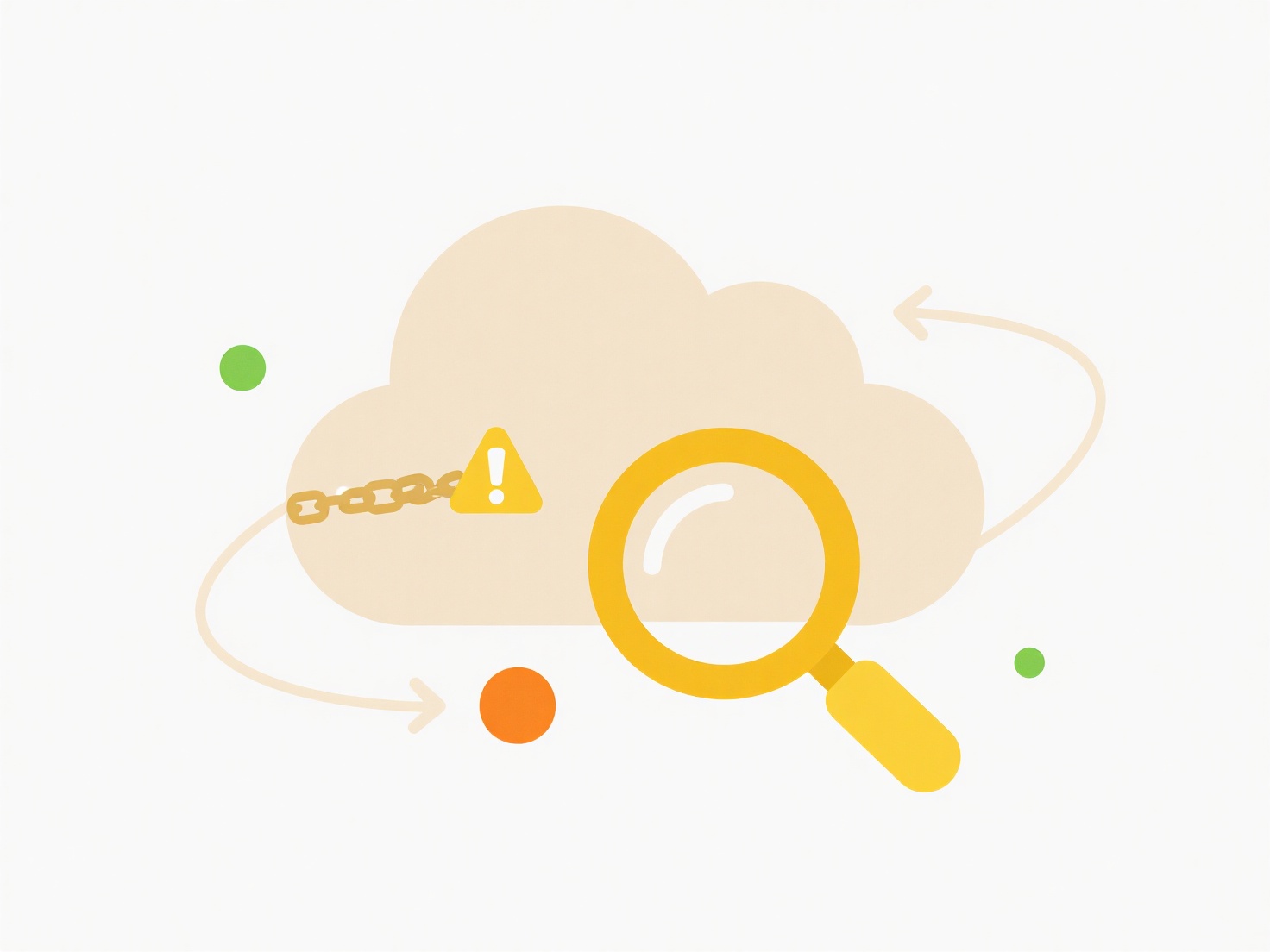
Guest access to a shared folder allows specific external individuals to view or interact with files without needing a formal user account within your organization's core directory system. Typically, the guest receives a unique link or invitation granting them temporary permissions to the designated folder. This differs significantly from giving someone a full user account, as guest access is usually limited to that specific resource, often expires after a set time, and grants fewer privileges (like view-only or limited edit rights).
A common example is sharing project documents with an external consultant via a link sent through email. They can access the latest files directly without logging into your company's main system. Another scenario involves a client accessing specific product documentation or contracts stored in your collaborative environment, like Microsoft SharePoint, Google Drive, or Dropbox, using guest credentials you provide.

The primary advantages are streamlined collaboration with external parties and enhanced security control over sensitive data, as guests gain limited scope access compared to regular users. Key limitations involve managing numerous guest permissions and ensuring sensitive data isn't accidentally included in shared folders. Ethical considerations center on data governance: organizations must ensure guest access complies with internal policies and data privacy regulations. Future developments focus on simplifying invitation management and exploring more secure, passwordless guest options.
Can I create guest access to a shared folder?
Guest access to a shared folder allows specific external individuals to view or interact with files without needing a formal user account within your organization's core directory system. Typically, the guest receives a unique link or invitation granting them temporary permissions to the designated folder. This differs significantly from giving someone a full user account, as guest access is usually limited to that specific resource, often expires after a set time, and grants fewer privileges (like view-only or limited edit rights).
A common example is sharing project documents with an external consultant via a link sent through email. They can access the latest files directly without logging into your company's main system. Another scenario involves a client accessing specific product documentation or contracts stored in your collaborative environment, like Microsoft SharePoint, Google Drive, or Dropbox, using guest credentials you provide.

The primary advantages are streamlined collaboration with external parties and enhanced security control over sensitive data, as guests gain limited scope access compared to regular users. Key limitations involve managing numerous guest permissions and ensuring sensitive data isn't accidentally included in shared folders. Ethical considerations center on data governance: organizations must ensure guest access complies with internal policies and data privacy regulations. Future developments focus on simplifying invitation management and exploring more secure, passwordless guest options.
Related Recommendations
Quick Article Links
Are my files uploaded to the cloud immediately after saving?
Cloud synchronization doesn't typically upload your file the exact millisecond you click 'Save'. Saving initially writes...
Why does my file require a plugin or add-on to open?
Some file formats are not natively readable by your operating system's basic software due to specialized encoding, secur...
Will people lose access if I move a shared file?
Moving a shared file changes its location, such as transferring it to a different folder within a shared cloud storage d...